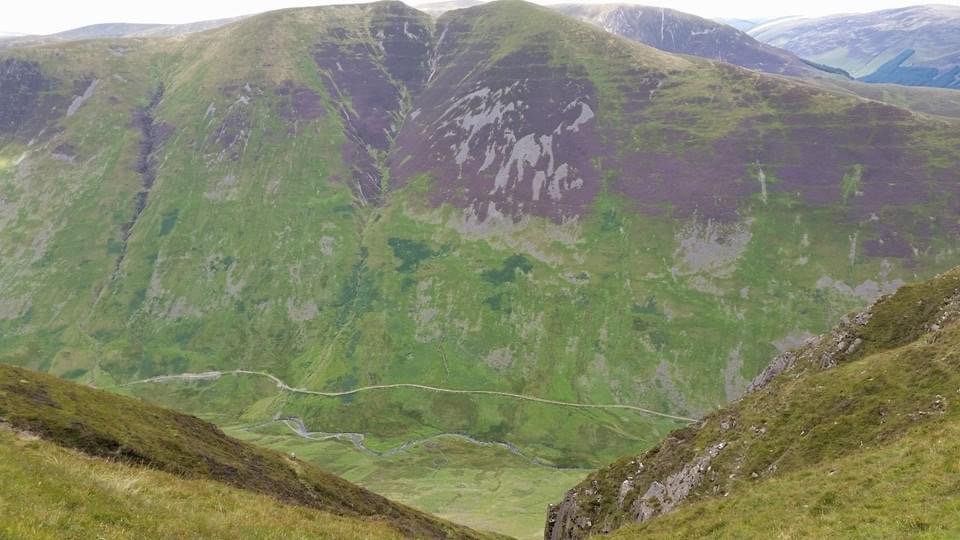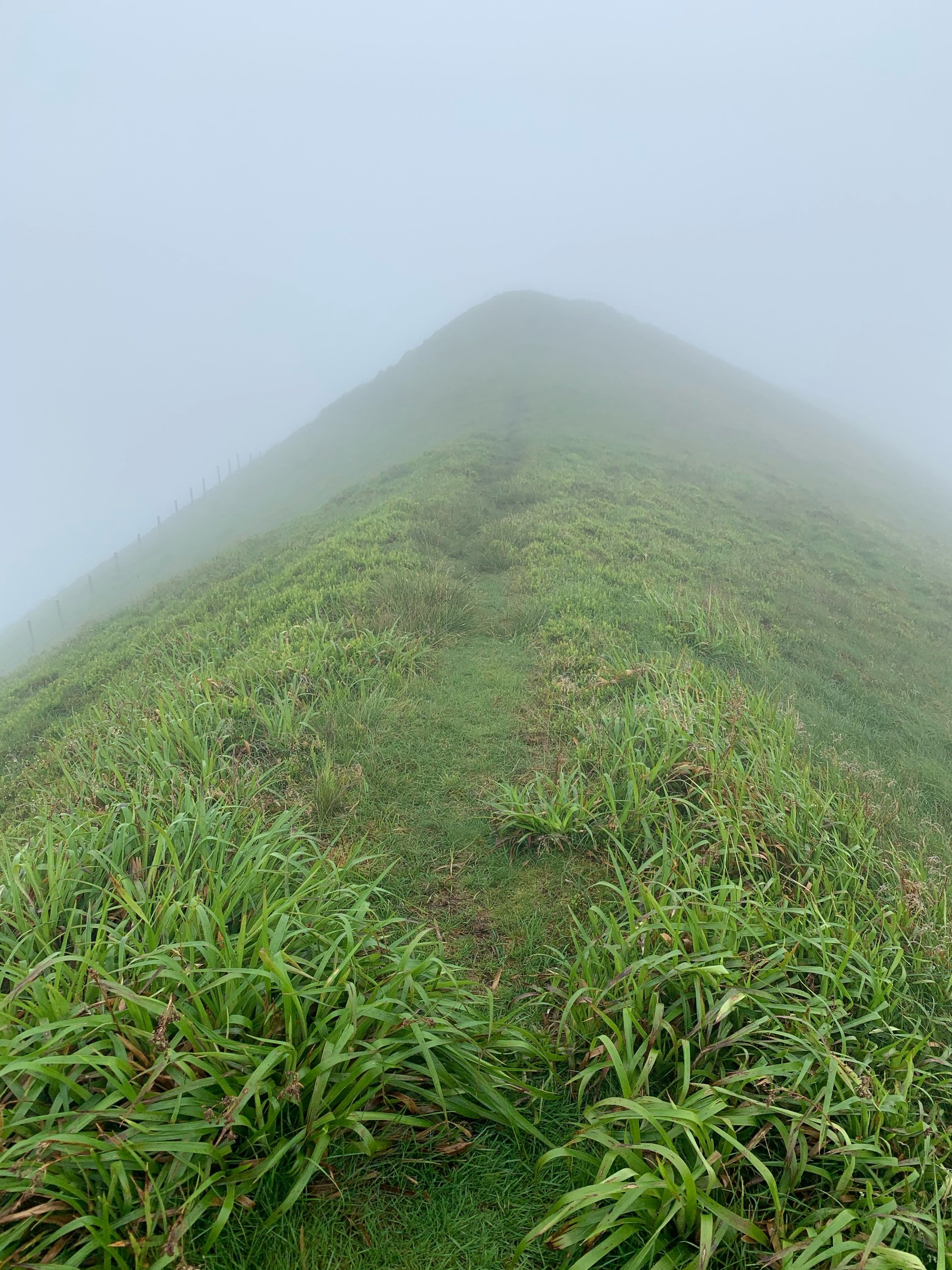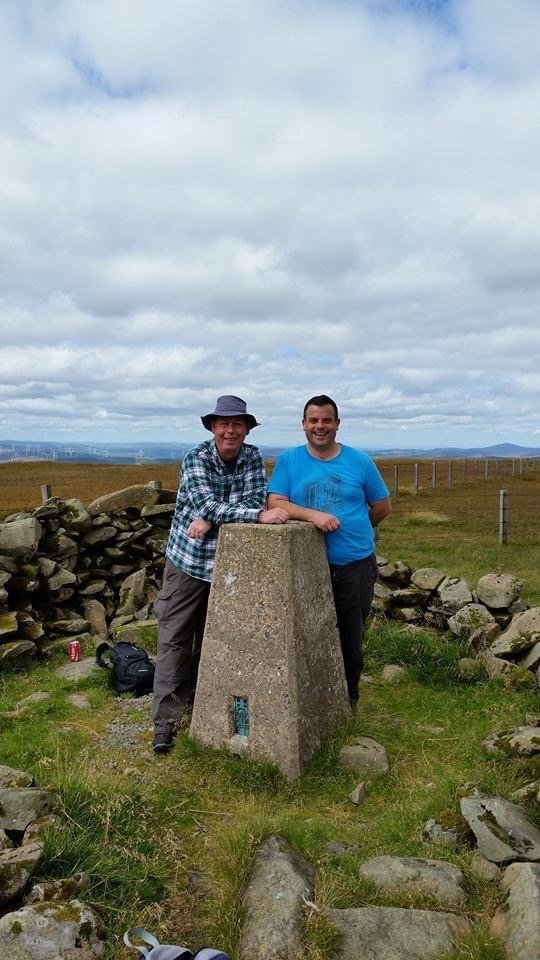Moffatdale - Part Two
When we left part one of this wordy ramble down Moffatdale I hinted at the wonder that is Carrifran valley. This is yet another ice scoured valley running into the main Dale from the north. It’s vast and epic, topped with crags and surrounded by towering hills and ridges. What makes it truly special, and I would argue unique in Southern Scotland, is the Wildwood Project.
Carrifran Wildwood
The aims of the Carrifran Wildwood project were simple - restore this valley to the nature rich state found in the Southern Uplands before man started agricultural work some 6,000 years ago. The founders, a mainly Peeblesshire based collective who would become the Borders Forest Trust, had a vision of making this a place of inspiration and wonder. Much of the £400,000 needed to purchase the valley was raised by public subscription, adding to the sense of this being a people’s project. Fundraising efforts were publicised by local celebrity Robert Hardy CBE (either Harry Potter’s Minister of Magic or All Creatures Great and Small’s Siegfried depending on your vintage). As an aside this wasn’t Hardy’s first run in with this valley - as well as being a famous actor he was also a internationally recognised expert on longbows. He was called in when an yew bow* was found in the peat at the head of the valley (the amusingly named Rotten Bottom). It transpires that this bow was 6,000 years old (the oldest ever found in the British Isles) and would have been used by Neolithic hunters in the original Wildwood, before our ancestors invented husbandry and farming practices.
*I originally, erroneously, wrote this was an elm bow but have since had it confirmed it was made from yew. The correction came from Karin Jones, whose father Dan found the bow over 30 years ago - thanks for getting in touch Karin.
While Hardy was a well known figurehead for the movement, the real driving force behind it were those who formed the original group including Fi Martynoga and Philip & Myrtle Ashmole. With funding secured in the late 1990’s, the valley changed hands on Millennium Day, 1 January 2000. Work began immediately, hundreds of trees planted on day one and fences repaired and installed to keep the hungry grazers (including the local feral goats) out. Many hundreds of thousands of trees have been planted since, and today the valley is a centre for ecological and volunteer groups to visit as well as being somewhere wonderful to go for a walk and just revel among native woodland. It’s a place where nature comes first, we are invited to tread carefully and daydream about a time where more places like this can be nurtured, giving our native ecology a chance to thrive alongside our human practices. As is often the case on the blog, I have really skimmed the surface of the history of this place - I can thoroughly recommend this book by Philip and Myrtle Ashmole to get the full story of Carrifran, as well as the other sights The BFT manages at nearby Corehead and Talla/Gameshope.
https://bordersforesttrust.org/shop/a-journey-in-landscape-restoration
The next great side valley leading towards the Moffat Water is Blackhope. In terms of ecology it is a stark counterpoint to Carrifran - it is sheep grazed and has little in the way of trees. I’m not going to evangelise for one and damn the other - farming practices evolved for a reason and we’ve got to feed ourselves. However, having two such distinct neighbours does at least show that there is room for diversity in the Southern Uplands. The beauty of Blackhope is perhaps more evident in the horseshos of hills surrounding it, which form one of Scotlands finest hill walks.
The Hart Fell horseshoe starts at Black Hope farm where there are a small number of spaces for careful parkers. You then have a choice to either head clockwise up Hang Gill (nice wee gorge scramble) or counterclockwise towards Saddle Yoke. Either way, yer climbing. I’ve only done the full horseshoe once, back in 2014 with dad and our pal Chris. This was an epic day, which almost had a tragic start as we struggled up the latter route, sweating out drink and curry from the previous nights excesses - I worried for our hearts on the seemingly never ending ascent. But end it does, with one of the finest ridges in Southern Scotland. Saddle Yoke is almost arête like, the grassy ground under your feet giving a false sense of security which is undermined when a quick glance either side confirms a steep 500m drop. A delight. On our excursion we went a bit wrong after Saddle Yoke and added a fair bit of climbing to what was already a big day. The top of Hart Fell itself is, like so many Border hills, rounded and unremarkable. A great spot to camp but not as dramatic as the escarpment and ridges to the south. From here, a long descent awaits, including the enigmatically named pass ‘The Hass o’ the Red Roads’. Eventually the ground steepens and we slid, on our arses at points, through the bracken and back to the car - absolutely shattered after a long summer day in the hills. At this point on our trip my dad exclaimed that he’d lost his ‘f*!king wallet’ somewhere on the route. Our response was a unison ‘leave it’. But my dad is a man of thrift so off he set off to retrieve it, while we cracked open the irn bru and dozed in the car. 30 minutes later a loud yell of delight could be heard from the bracken covered slopes - found! It had fallen out of dad’s pocket when bum shuffling down the precipitous hill. So that is why, whenever I drive past that bit of hillside I picture my delighted, sweat drenched dad triumphantly holding up his wallet containing £3.75 in change.


Leaving Black Hope and the main glacial part of the valley behind you soon pass the Moffat Water Hall, a small hall for the use of the people who call this area home. Across the river is Selcoth fish farm, and adjacent to that is the valley of the Selcoth burn. This busy wee stream tumbles down from its craggy origins in between three fine hills - Croft Head, Capel Fell and Loch Fell. The Southern Upland way also nestles in between these hills and this side of the Moffat Valley also offers hill waking delights on a par with Hart Fell and White Coomb. Highly recommended.
The Selcoth Burn
Our journey down Moffatdale is near an end, one last surprise waits. Craigieburn gardens are part formal and part Himalayan woodland of waterfalls and Tibetan plants, a hidden gem. Tucked away between sets of traffic lights, it’s really easy to overlook but you shouldn’t - one of the more unique gardens in Scotland.
And that’s about that, round the corner and into lovely Moffat. Ready for a fish supper and a pint at the Black Bull. A great wee town, and perfect place to end this ramble. From here it’s back home via The Devils Beef Tub, but I’ll leave that for another day…
The Moffat Ram
Photo © Leslie Barrie (cc-by-sa/2.0)







